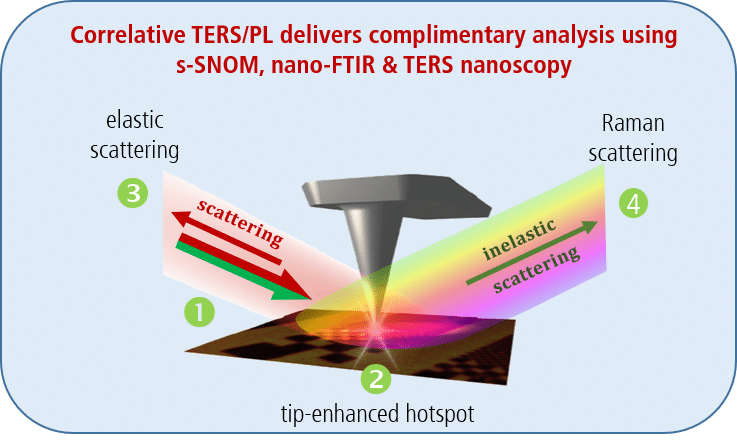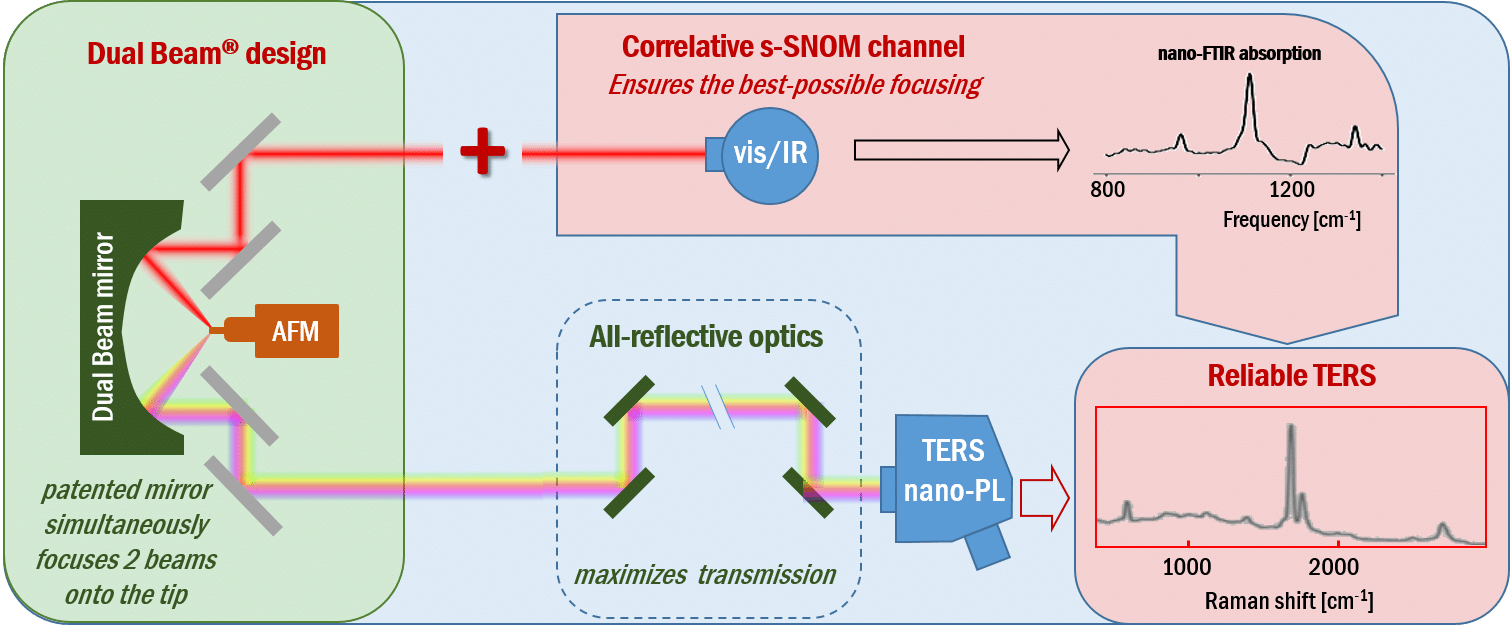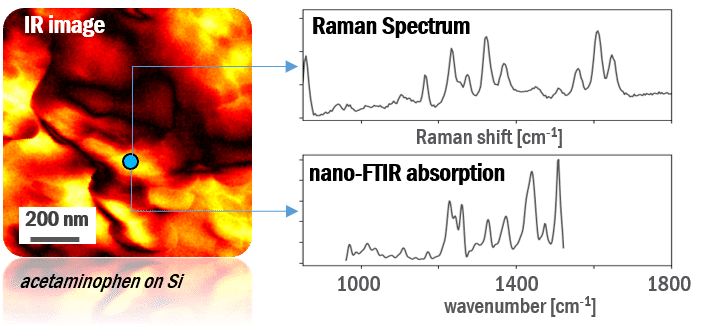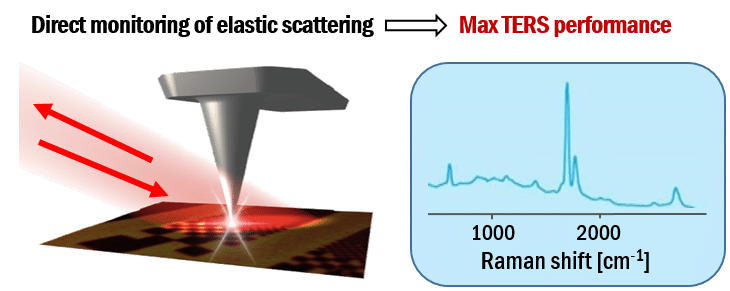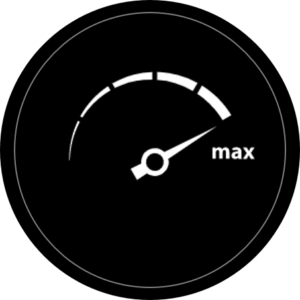neaspec Correlative TERS/nano-PL combines Tip Enhanced Raman and Photoluminescence measurements with nanoscale analysis using elastic light scattering (s-SNOM & nano-FTIR) within a single microscope. This enables complete effortless correlative analysis of sample optical properties for probing both Raman- and IR-active modes, charge carriers, temperature, disorder, defects and strain, both dark and bright excitons, as well as delivering oscillator strength & damping rates in addition to excitation energies.
Basic Working Principle:
- focus Raman and IR laser beams onto a sharp AFM tip;
- illuminated tip acts as an antenna that channels light into its apex, creating a nano-focus with strongly enhanced field;
- light in the nano-focus interacts with the sample and is scattered to the detectors via the tip;
- detection of photoluminescence and Raman scattering from the same sample spot delivers complimentary information for effortless correlative nanoscopy.
Challenge: Detecting elastic, inelastic scattering and PL from the tip requires combining multiple detection technologies and spectral regions in the same microscope, while minimizing losses of already limited inelastically scattered photons.
neaspec’s correlative TERS & nano-PL systems are proven to provide precise focusing and collection of light in both visible and IR spectral ranges. Careful beam path design and proprietary focusing elements (e.g. dual-beam or high-NA parabolic mirrors) in addition to the leading patented nano-FTIR and s-SNOM technologies minimize losses and provide maximum sensitivity. Access to the same-spot visible s-SNOM signal ensures the best possible light focusing for easy alignment and reliable TERS measurements.
neaspec’s correlative TERS utilizes patented dual-beam parabolic mirror that can focus two beams onto the same sample area and collect scattered signal from both sides. Scattered light from one side is guided to the Raman spectrometer using all reflective optics and free-space coupling for minimizing losses. Light from another side can be analyzed using neaspec state-of-the-art s-SNOM or nano-FTIR ensuring minimum-effort correlation of multichannel data.
List of relevant neaspec’s patented s-SNOM detection technologies compatible with correlative TERS/nano-PL:
- PsHet (Pseudo-Heterodyne): golden standard for nanoscale imaging and spectroscopy.
- nano-FTIR: the only method for nanoscale spectroscopy and hyperspectral imaging with broadband illumination sources.
Compare different s-SNOM technologies and learn why neaspec is the market leader.


